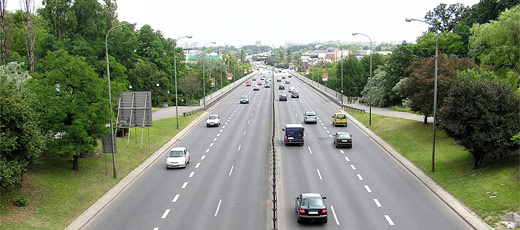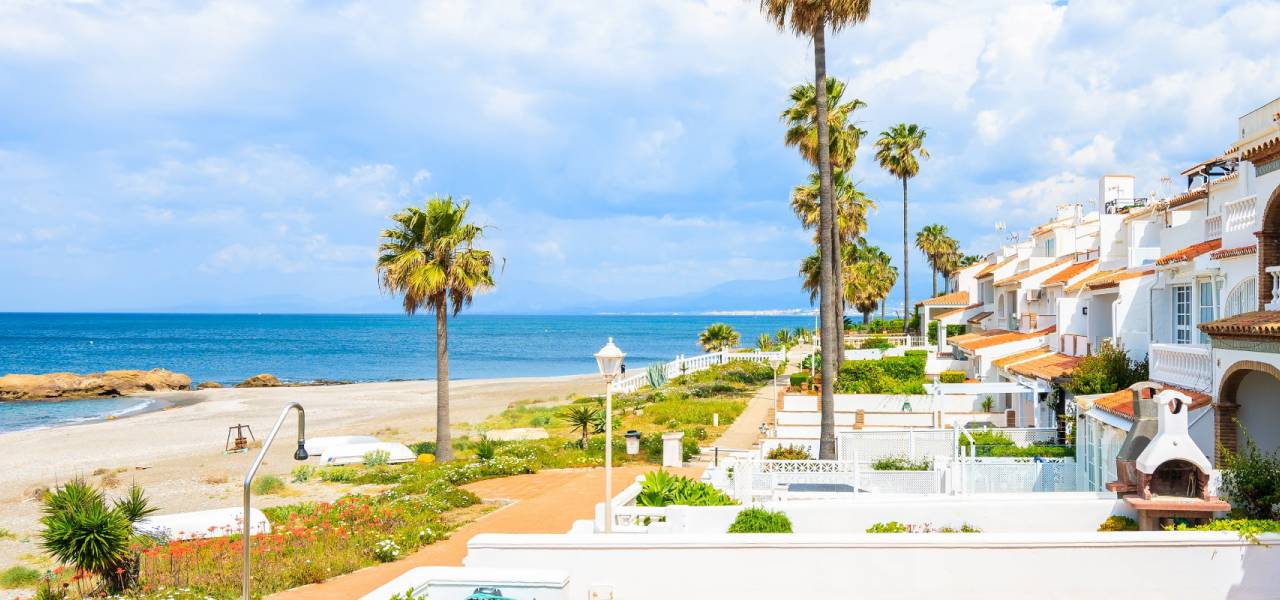Driving in Spain Street conditions, traffic and rush hours

Motoring in Spain has altered dramatically in the last few decades, during which the number of cars has vastly increased and roads have been improved beyond recognition. The traffic on Spanish roads doubled between 1980 and 1990 and in the four years alone from 2000 to 2004.
Not only have new roads and bypasses been built, but existing roads have also been widened, lanes added for heavy traffic, and signs and road markings improved. The road-building programme (and provision of parking spaces) has, however, failed to keep pace with the increasing number of cars and consequently, Spain’s roads are rapidly becoming saturated in many regions.
Driving long distances is usually cheaper than using public transport, particularly when the costs are shared between a number of people and you avoid motorways. In any case, unless you’re travelling between major cities, you will have little choice but to drive, as public transport is generally poor in rural areas. If you’re travelling long distances, you will, however, find it quicker and certainly less stressful to take the train or fly. Those travelling to Spain from the UK may prefer to take the ferry (see page 218) to northern Spain rather than drive through France.
Driving can be enjoyable in rural areas, particularly outside the tourist season, when it’s possible to drive for miles without seeing another motorist (or a caravan). If you live in a city, particularly Madrid or Barcelona (where public transport services are excellent), a car is a liability and driving is a nightmare to be avoided if at all possible. A recent nationwide survey found that on an average working day it takes eight minutes to travel one kilometre in a large city.
Beware of the rush hour
As a result of the siesta, Spain has four rush hours ( horas puntas): 8 to 9.30am, 12.30 to 2.30pm, 3.30 to 5pm and 6.30 to 8.30pm; the quietest period is usually between 3 and 5pm. Traffic jams ( atascos) are particularly bad in cities such as Madrid and Barcelona, where the rush ‘hour’ lasts all day. Madrid, where the survey found the average traffic speed was below 10kph (6mph), is to be avoided at any time!
Jams are also common on coastal roads and in resort towns during summer and on roads heading south out of Madrid and Barcelona, particularly at the start and end of holiday periods, when some 12m Spaniards and foreigners take to the roads.
Anyone who has driven in Spain won’t be surprised to learn that it has the worst accident record in the European Union (EU) with 28 deaths per 10,000 cars per kilometre (the EU average is 13). Spain’s shocking accident statistics show over 4,400 deaths in 2005 (over half of the victims weren’t wearing a seat belt), although this figure is officially down 7 per cent on 2004 (whose figures were ‘revised’ in 2005!).
The government has made reducing the number of car accident victims one of its top priorities and to this end have introduced a licence points system (see page 238) and greater police vigilance on the roads. However, Spain still has a long way to go before traffic accidents cease to be the largest cause of death among young Spaniards.
Eccentric and impatient drivers, machismo, compulsive speeders (including speeds at over 180kph), drunk (around 40 per cent of drivers in fatal accidents are over the alcohol limit) and drugged motorists and pedestrians, blazing hot weather, stray animals, vehicles without lights, badly maintained and marked roads, and sharp bends without crash barriers, all contribute to the hazards of driving in Spain. The most important thing to bear in mind when driving in Spain is to drive defensively and always expect the unexpected from other road users.









 Back
Back


